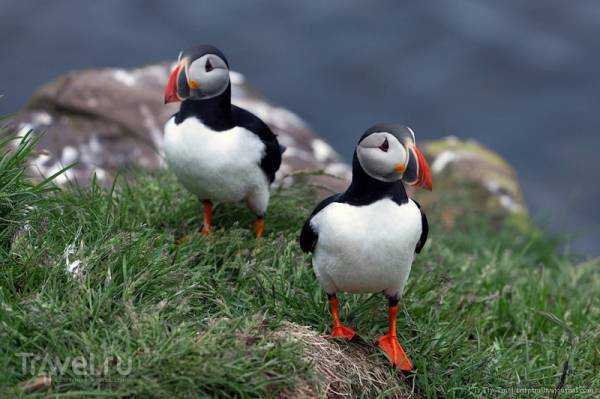
Iceland is not very good at diversity of animals. Sheep, horses, whales, seals, rodents… The largest predator is the Arctic fox. But the situation with birds is the opposite. The island, lying on the migration routes of birds, has several hundred species. Of course, to see most of them, you need to do it specially. But some species of birds are found here literally at every step.
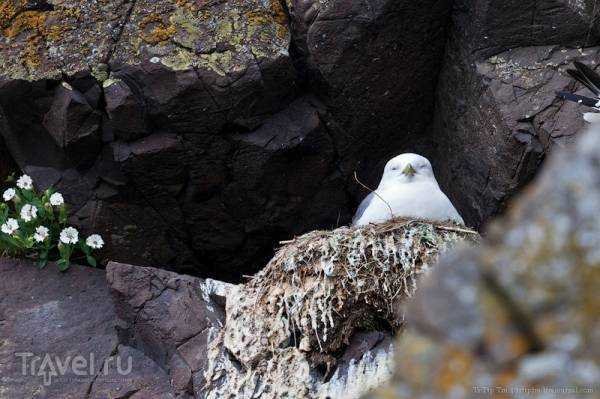
As on any sea coast, first of all, there are many different seagulls. Kittiwakes, black-backed gulls, common gulls and all sorts of other seagulls are found here in abundance.
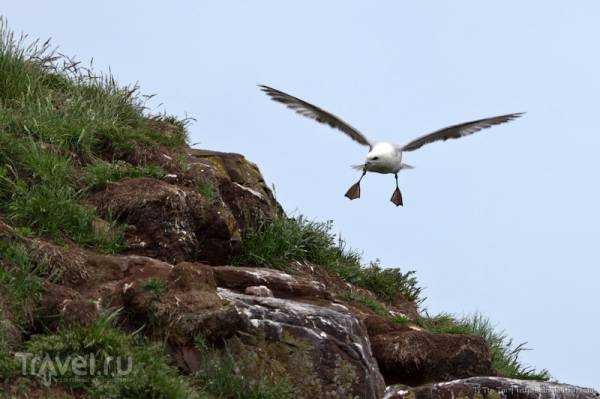
Fulmars. By the way, formally fulmars are not seagulls. They belong to the petrel family.
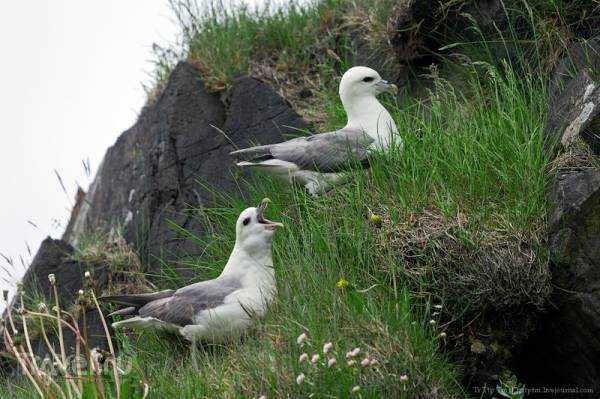
From a distance, resembling the silhouette of a pterodactyl, grey petrels circle in the air for long periods of time.
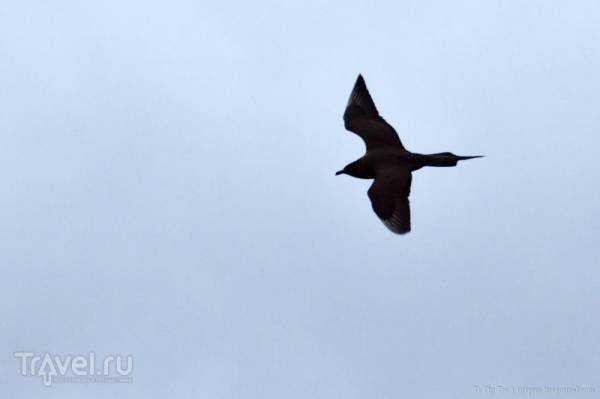
Oystercatchers are often seen in Iceland. If you disturb them even slightly, they start circling above you with cries that resemble hooting. And if you come closer to the nests, they land nearby and pretend to be wounded, leading potential threats away.
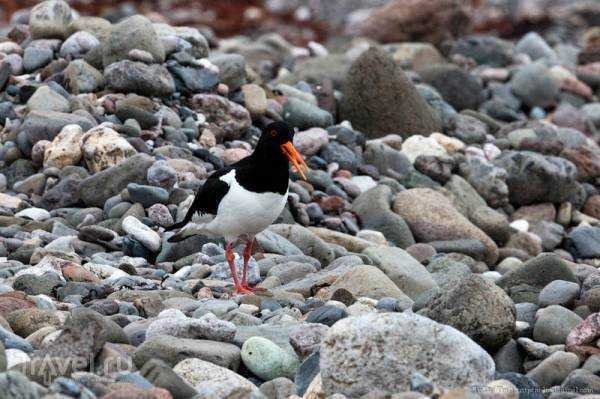
Snipes rummage through the rotting seaweed along the banks.
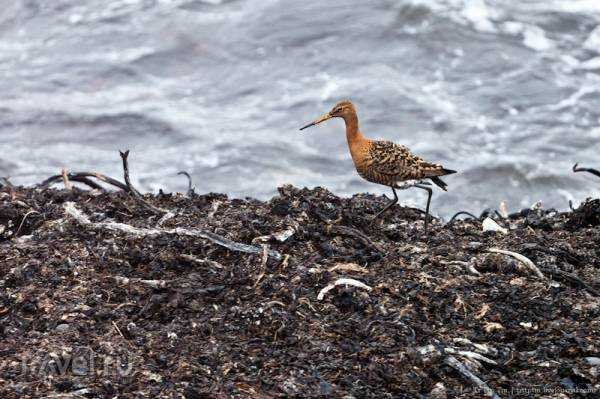
Sea sandpipers.

Herbalist.
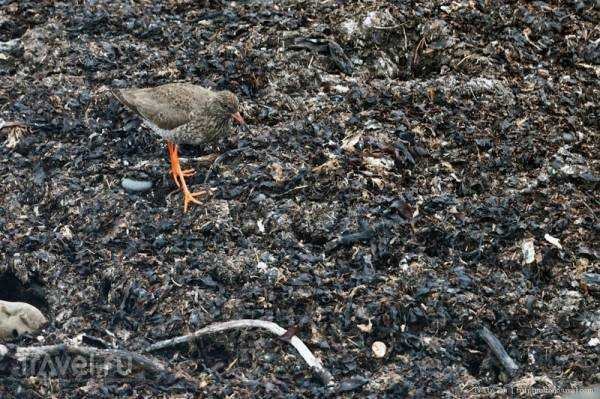
Red-necked Phalarope.

Eiders are found in abundance.
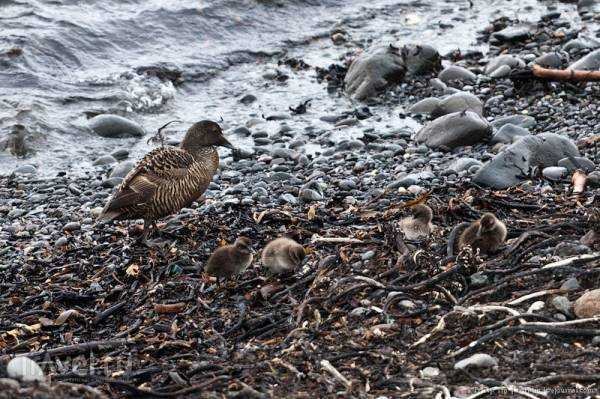
Guillemots and razorbills nest on the rocks.

And in the grass there are thousands of Arctic terns, which are quite aggressive and are not afraid of either people or cars.

Red-throated loons hatch their chicks in quiet backwaters.

Living next to whooper swans.
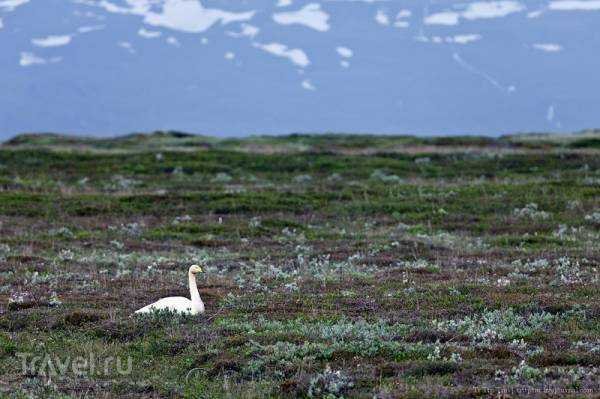
But the real star of this feathered kingdom is a small black and white bird with a sad look and a large red beak. The symbol of Iceland is the Atlantic puffin.

Puffins can be seen in many places along the coast of Iceland. The most accessible ones are the Dyrhólaey cliffs on the south coast, a small cape on the shore of Borgarfjord near the village of Bakkagerði, and the Látrabjarg cliffs in the Westfjords.
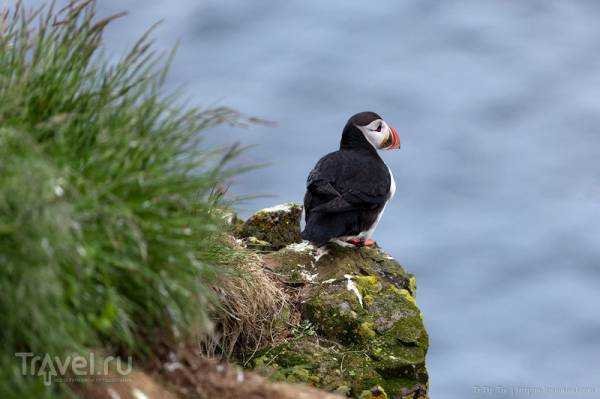
Dead ends nest in burrows. The bird is a real mining engineer, the length of the burrow can reach several meters. In the place where the colony of dead ends lives, the ground can be dug up by whole networks of tunnels.
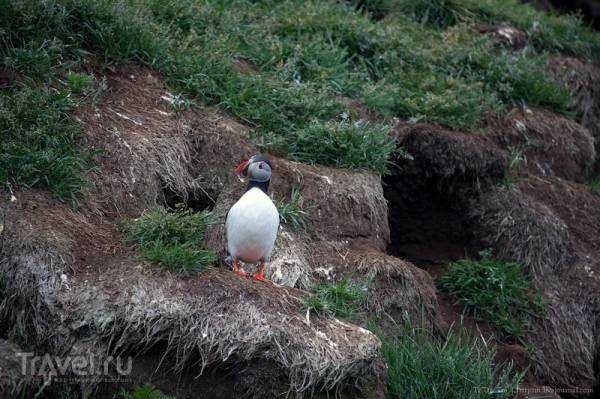
Puffins gather on the shore in the evenings, and during the day they feed in the sea.
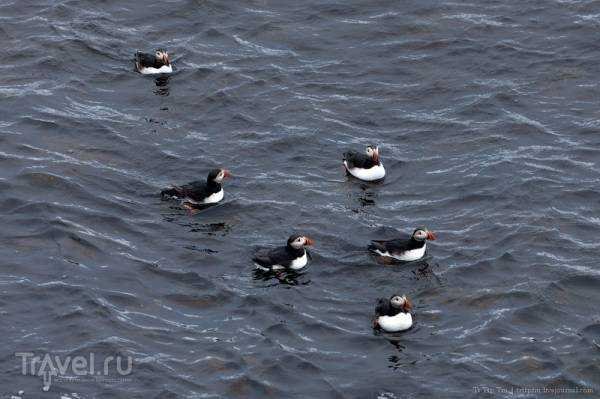
Dead ends feed on small fish. The structure of the beak allows it to hunt without releasing the prey it has caught. The dead end pushes the fish deeper into its beak with its tongue and presses it against the spikes located on the upper jaw.
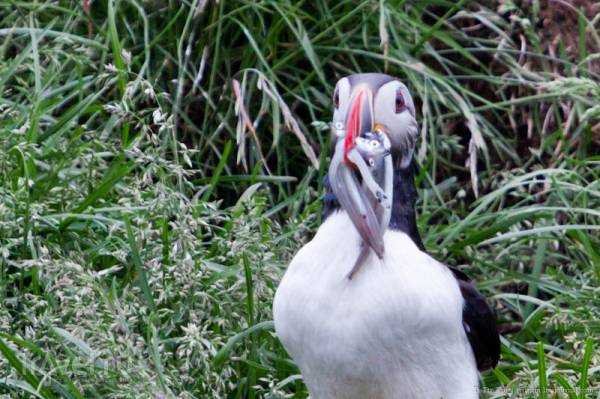
The puffin is rarely seen with only one prey item.

Usually a whole bunch of fish, crustaceans or mollusks hangs from both sides of the beak.
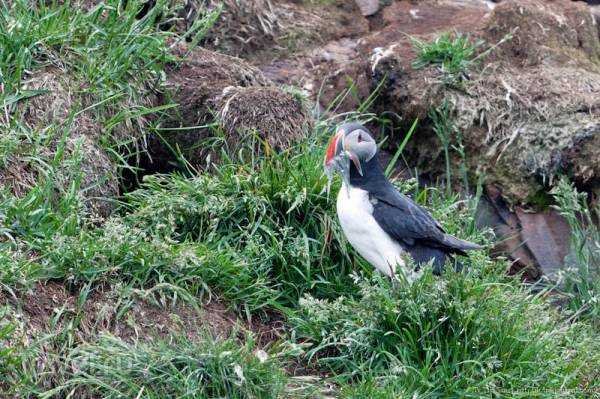
Puffins acquire their bright coloring in the spring at the beginning of the mating season. In the fall, after molting, the red beak becomes grayer, and the triangles around the eyes, which give the bird a sad look, disappear.
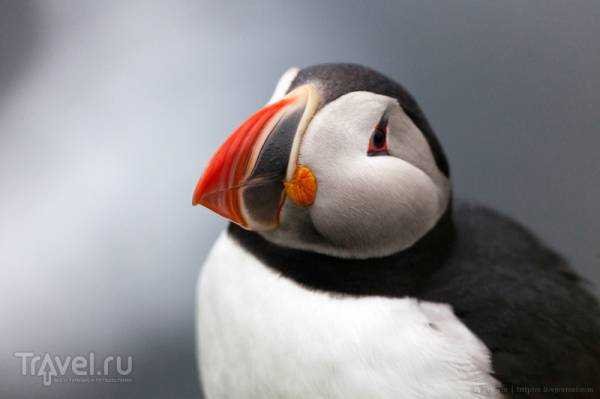
But the puffin in its winter plumage can be seen very rarely; in the autumn the bird migrates to the sea and does not appear near land until the next breeding season.
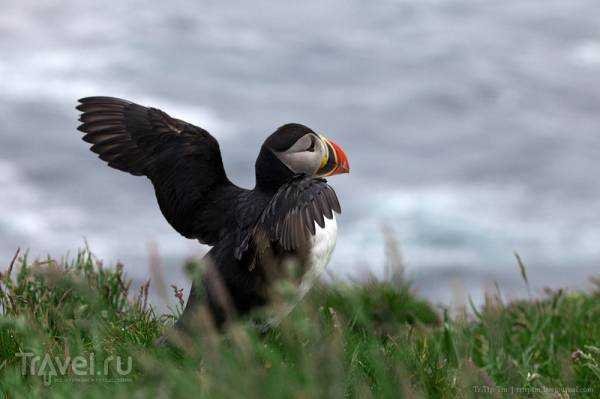
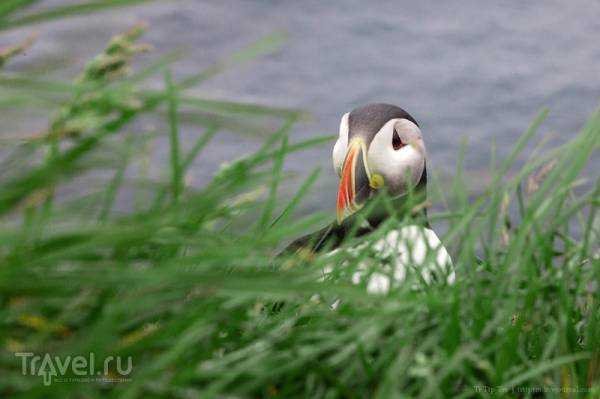
Source: travel.ru
